Constructing a custom home involves more than simply building a building; it involves designing a place that reflects your beliefs, aspirations, and personality. It provides the opportunity to realise your idea and turn a vacant lot into a live, breathing space that is specifically suited to your way of life. The process of building a custom home is thrilling and complex, including many choices that need for careful consideration and teamwork. This journey is about creating a space that will develop with you and your family, offering more than simply a place to live; it’s about creating a genuine feeling of home.
The work is quite gratifying, even though it could first appear overwhelming. You may create the house of your dreams at every stage, from the first inkling of an idea to the day you move in. It’s a process that calls for preparation, perseverance, and collaboration with experts who can provide you guidance. Knowing the way forward may make all the difference in making the process as easy and fun as possible, whether this is your first custom build or one of many.
Establishing Your Vision
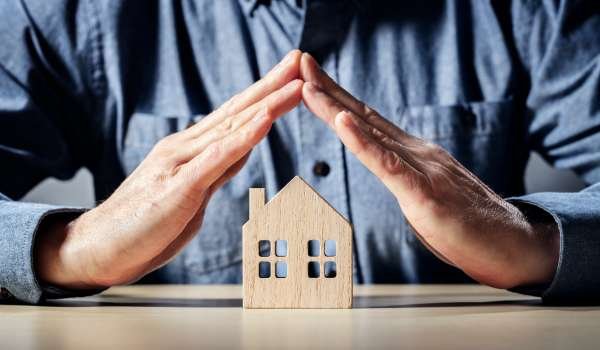
The first and most important stage in designing a bespoke house is establishing your concept before any actual construction starts. How would you describe your ideal house? What’s more, how does it feel? Is it a bright, spacious room with plenty of natural light, or is it a little, private haven tucked away in the woods? Think about how you intend to utilise each room, your family’s requirements, and your lifestyle. Is a lavish, spa-like bathroom more important to you, or will your kitchen be the focal point of the house?
Numerous things might inspire you, such as internet design platforms, architectural periodicals, or simply strolling around neighbourhoods you like. Refining these concepts into a coherent strategy is crucial. You may turn your dreams into blueprints by collaborating with architects and designers. Working with professionals who are knowledgeable about both the functional and aesthetic aspects of creating a dream house is where the adventure really starts.
Selecting the Proper Site
When it comes to creating a custom house, location is crucial. It affects everything from zoning regulations to the property’s total resale value in addition to dictating the surroundings and aesthetics. Take into account elements like accessibility to community amenities, schools, and places of employment. Are you looking for the excitement of a busy city or the peace and quiet of a rural area? While each has advantages, it’s crucial to consider how the site will accommodate your changing demands in the long run.
The choice must also take zoning and environmental factors into account. The size and kind of homes you may build may be restricted in certain places, while there may be incentives for environmentally friendly, energy-efficient construction in others. Early comprehension of these elements may help the project go more quickly and with less aggravation.
Creating a Budget That Is Realistic

Establishing a reasonable budget early on is essential to the success of building a custom house, which is a substantial financial effort. The expenses required are often underestimated by novice builders, which results in budget overruns and unforeseen financial strain. There are several other expenditures that need to be considered in addition to the evident ones associated with building, such as site purchase, permits, design fees, landscaping, and even furnishings.
Additionally, it is crucial to prepare for unforeseen circumstances. A cash buffer might assist cover any unanticipated complications since no project ever goes precisely as planned. Finding a balance between cost and quality is crucial. You want to make sure that your investment endures over time without jeopardising your financial security.
Putting Together Your Custom Home Construction Team

Creating a bespoke house involves teamwork and calls for a group of experts who can realise your concept. An architect, a builder or general contractor, and other experts like interior designers, plumbers, and electricians are usually included in this. From creating the plan to making sure the final product complies with all applicable rules and standards, each of these experts is essential to the process.
Choosing the correct team is crucial. Seek for experts that share your vision, are eager to work directly with you, and have a great reputation. A solid working relationship will guarantee that the project proceeds without hiccups and that any issues are resolved quickly and efficiently.
Creating a Unique Home Layout Design

Your custom home’s plan serves as a guide for how you will use the area for many years to come. Making places that function for your everyday life is more important than just maximising square footage. Do you host frequently? A spacious, open kitchen and eating room may be what you’re looking for. Do you like silence and seclusion? Perhaps the best location would be a master room hidden away from the main living spaces.
In house design, flow and utility are crucial factors to take into account. Consider how you now navigate your living area. What is effective and what needs improvement? These tips will assist in directing choices regarding the arrangement of rooms, windows, and even walls, guaranteeing that your house seems both aesthetically pleasing and functional.
Features for a Sustainable and Energy-Efficient Home
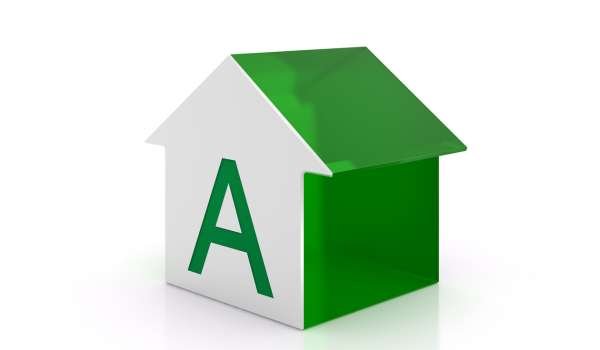
Nowadays, sustainability is a fundamental part of the home-building process rather than an afterthought. Numerous environmentally friendly choices, such as geothermal heating or solar panels, may lower the environmental impact of your house while lowering your energy costs. These functionalities may be seamlessly included into the overall design if they are included from the start.
Lower utility expenses and a smaller carbon footprint may be achieved by installing energy-efficient windows, insulation, and appliances. In some areas, using green construction principles might even result in cash rewards. Examine the solutions that most closely match your beliefs and long-term objectives as you collaborate with your builder.
Choosing Materials to Build Your Own Home

Your unique home’s appearance, texture, and longevity will be determined by the materials you choose. Superior materials guarantee endurance and little upkeep in addition to improving appearance. While more recent, engineered materials provide superior durability and sustainability, natural materials like stone and wood offer timeless beauty.
Take into account the materials’ maintenance needs and environmental effect in addition to their aesthetic appeal. Reclaimed wood, for instance, may be both environmentally beneficial and provide a rustic appeal. Sustainable material trends are always changing, and being aware may help you make selections that are both fashionable and ethical.
Getting Around the Permitting Procedure
Every custom house construction project needs a number of permissions from the local government. These guarantee that the construction complies with safety and building requirements. Although navigating this procedure might be difficult and time-consuming, it is a necessary step to advance the project. Legal problems and expensive delays may result from improperly obtaining the necessary permissions.
Make sure that all required permissions are acquired prior to the start of construction by collaborating closely with your constructor. If you are developing in a region with stringent zoning or environmental rules, this is especially crucial. Avoid last-minute shocks that might ruin your project by planning early.
Breaking Ground: The Beginning of Building
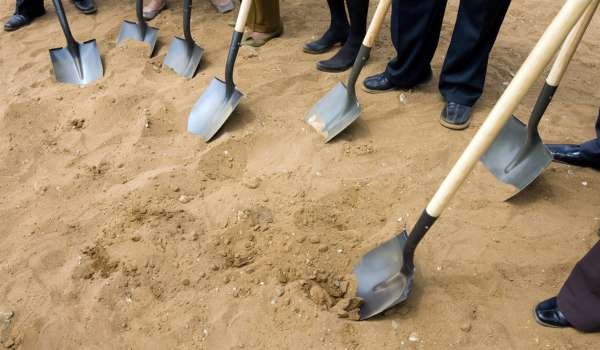
The idea for your bespoke house begins to take shape the moment the first shovel touches the ground. Although there is a noticeable sense of exhilaration, it’s crucial to keep in mind that the building process is just getting started. Careful management of site preparation and foundation is necessary to prevent issues later.
Early in the building process, problems including grading, water drainage, and soil quality must be resolved. In order to establish a strong foundation for the house you’ll eventually call home, both literally and metaphorically, you must overcome these obstacles.
Development of Structure and Framing
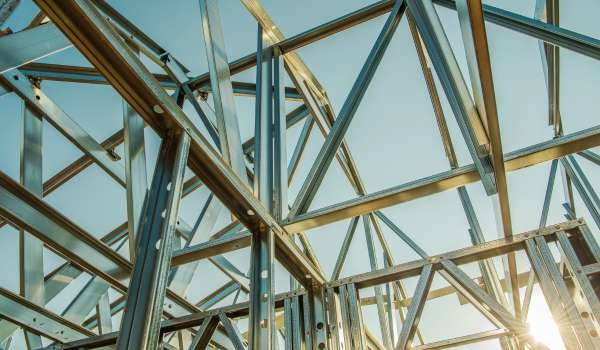
After laying the foundation, framing starts. Here is where your home’s framework begins to take form, providing you with a realistic impression of the area. At this point, structural integrity is crucial. The home will be sturdy for many years to come if it is framed properly.
Here, attention to detail is crucial. It’s crucial to get the framing just perfect, even if a lot of it will later be obscured by walls. The foundation of the whole building process is a well-framed home, which establishes the framework for all subsequent construction.
Setting Up HVAC, Plumbing, and Electrical Systems

After the framework is in place, it’s time to install the HVAC, plumbing, and electrical systems that are essential to the proper operation of your house. This is a very technical stage that calls for close collaboration to guarantee the safe and effective operation of every system.
It’s important to plan ahead. Take into account both your present and future demands. Installing energy-efficient water fixtures or wiring for smart home technologies, for instance, may improve your house’s long-term sustainability and comfort.
Interior Design and Personalisation

The focus shifts to the inside as the structural components come together. Your own flair will come through here. One of the most exciting aspects of designing a new home is selecting furnishings, fixtures, and finishes that suit your style.
Achieving equilibrium between form and function is crucial. Although aesthetics are important, your decisions should also improve the space’s usability and cosiness. Customisation lets you make your house really uniquely yours, whether it’s a warm, rustic living room or a sleek, contemporary kitchen.
Landscapes and Outdoor Areas
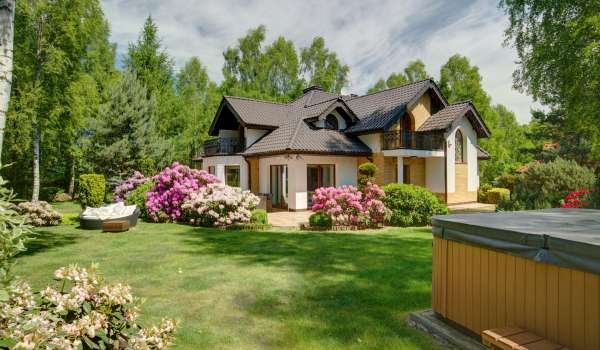
A well planned outside area makes your custom home more livable outside of its walls. Carefully planned exterior amenities and landscaping may improve your property’s use and visual attractiveness.
Think about how you plan to utilise the outside spaces. A smooth transition between interior and outdoor life is ensured by incorporating these areas into the general design of the house, whether they are used for entertaining, gardening, or leisure.
Quality Control and Inspection

A crucial component of making sure your house is being constructed to the highest standards is regular inspections. By identifying problems early on, these inspections, which are carried out at different phases of construction, help avoid later, expensive repairs.
After construction is finished, quality monitoring continues. It’s crucial to maintain your vigilance even after you move in to make sure your house still performs and lasts up to your standards.
Final Punch List and Walkthrough
The final tour enables you to witness your vision come to life as your custom house gets closer to completion. This is your opportunity to check every aspect, including the cabinet alignment and wall paint. Before releasing the keys, the builder will fix any lingering problems that are listed on a punch list.
At this point, meticulous attention to detail is necessary. Take your time; this is your chance to make sure everything turns out just the way you wanted it to. A comprehensive walkthrough guarantees that your house is defect-free and suitable for occupancy.
Comprehending the Warranty Procedure

The connection between you and your builder continues after construction is finished and you move in. The majority of custom houses include warranties that cover system and structural problems for a certain amount of time. It’s critical to know what your warranty covers and how to handle any issues that arise after construction.
Keeping in constant contact with your builder during this phase guarantees that any problems are fixed quickly, providing you comfort while you become used to your new house.
Making Your Custom Home Your Own on Move-In Day

Move-in day is finally here, the day you’ve been looking forward to. However, there are a few last-minute preparations to undertake before you open the boxes. Verify that security systems are turned on, utilities are configured, and any last-minute inspections have been completed.
The process of making your new home seem like home doesn’t end after the boxes are unloaded. Every stage, from arranging furniture to hanging artwork, adds a layer to making a room seem exclusively yours.
Keeping Up Your Custom House
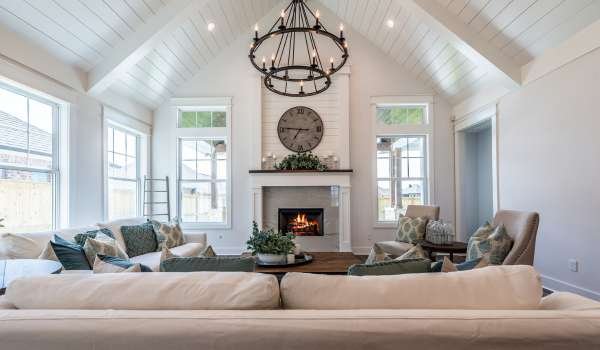
A custom home is an investment that needs upkeep and care, just like any other. Maintaining your house requires regular maintenance and inspections. Little chores like gutter cleaning and HVAC system maintenance might help you avoid bigger, more expensive issues later on.
Additionally, it’s critical to keep up with any energy-saving improvements. There could be new ways to make your house even more economical and environmentally friendly as technology develops.
Read more : What Is A Custom Style Home
Conclusion: Savouring the Experience of Building a Custom Home
Constructing a custom house is a process filled with obstacles and victories. In the end, however, you will have more than simply a house; it will be a reflection of your lifestyle, beliefs, and vision.
Take a time to consider what you’ve achieved while you get settled. Your personalised house will develop with you, turning into a location where dreams come true and memories are created. And for those who are thinking about taking this path, keep in mind that although the procedure could be difficult, the end result will be a house that is exclusively yours.
